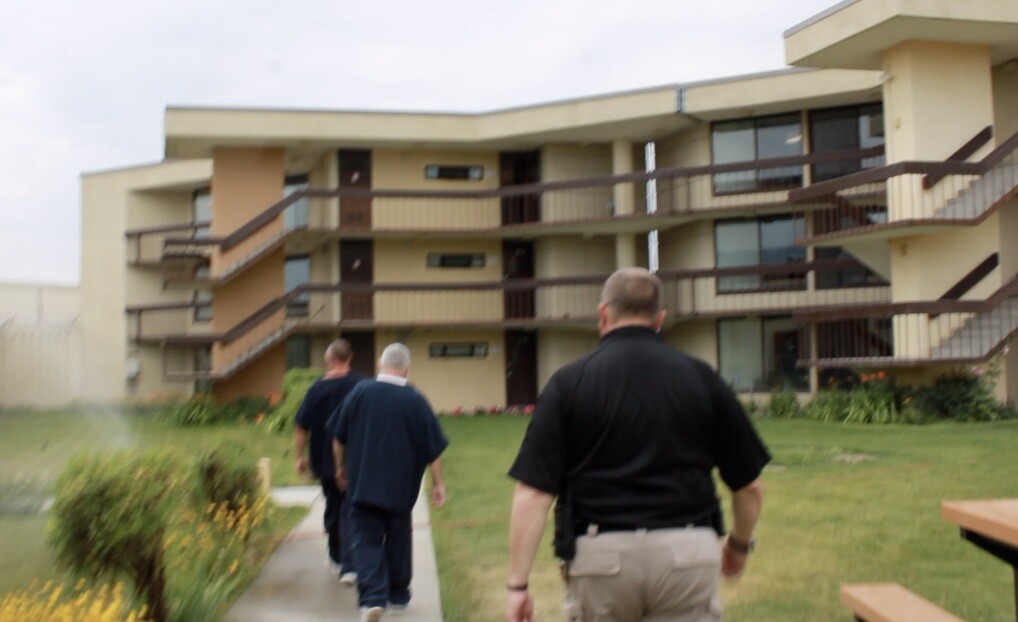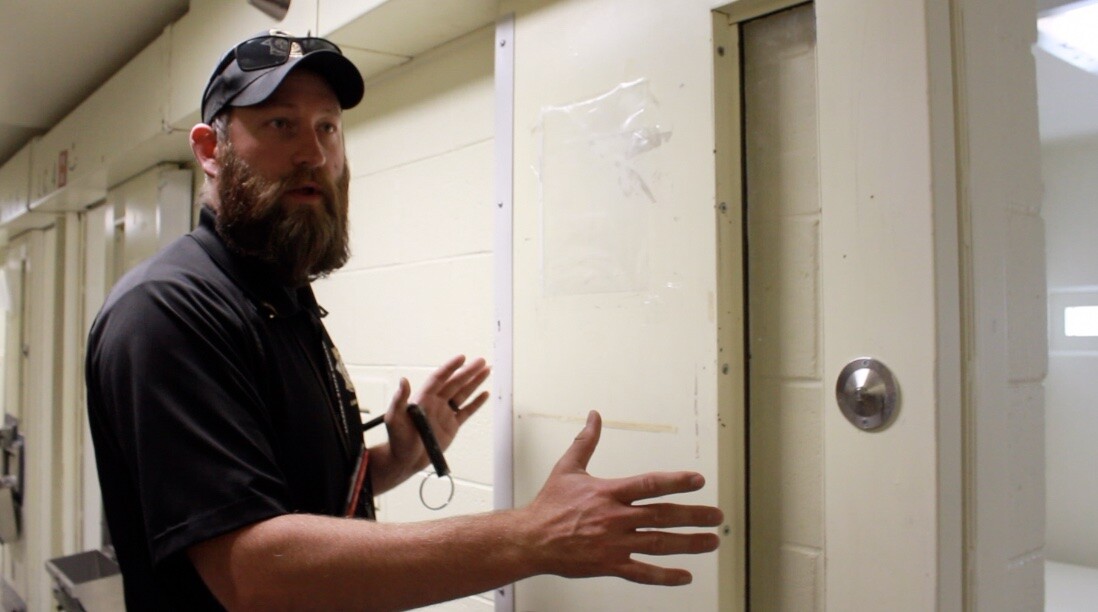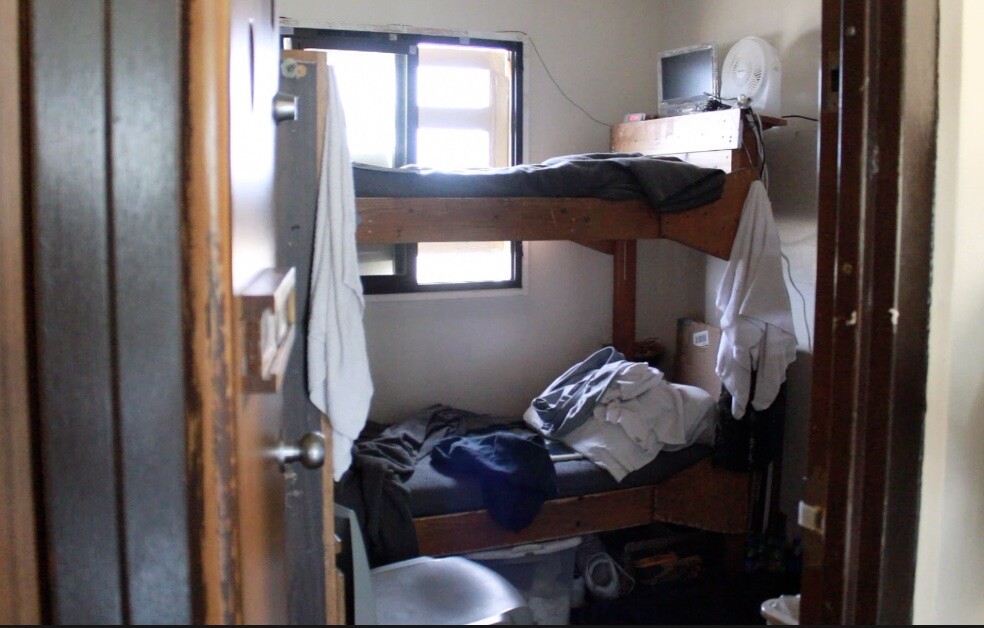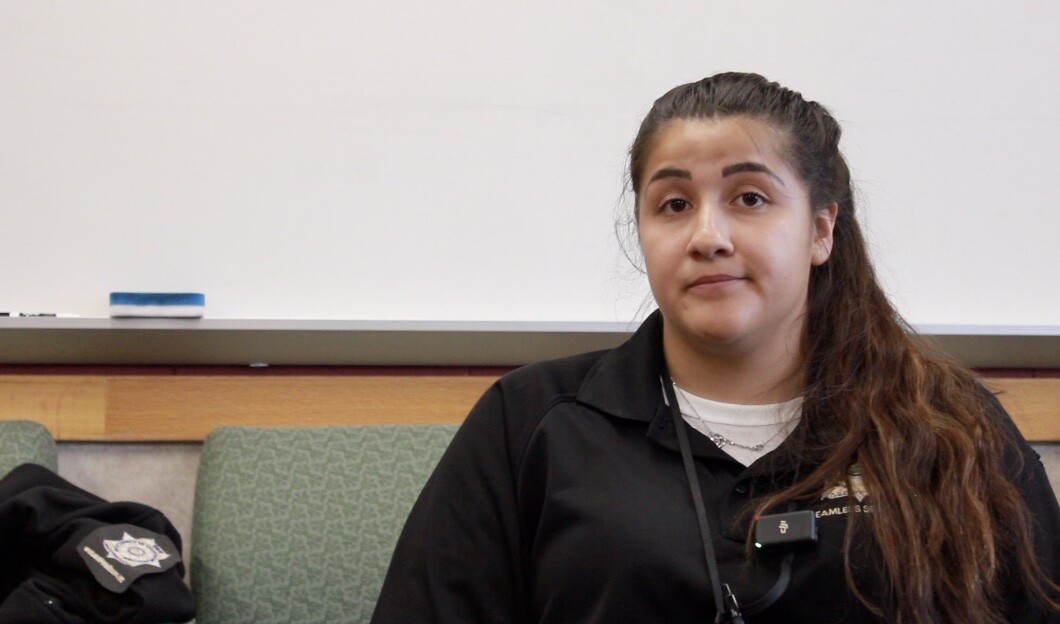DEER LODGE - A recent grant from the Montana State Legislature will allow the Montana State Prison (MSP) to make improvements to infrastructure and technology.
House Bill 817 will allocate $211 million to MSP for renovations, with the aim to resolve infrastructure, create ease for staff, increase security and update technology.
During a media tour of the prison grounds, Warden Jim Salmonsen and Montana Department of Corrections Public Safety Chief Jim Anderson explained the needed improvements and future layouts of construction.
The sum of money from HB 817 is the largest donation ever made to MSP at one time, according to Salmonsen. An investment, he says, that will ensure the future of the prison.
“Last winter there was a story going around that the prison was moving," Salmonsen said. “They’re investing $200 million into MSP, hopefully, that shows we’re not moving.”
The highest priority for the funds is a new Low-Side housing facility. Low-Side is a term for those inmates who, whether by crime or good behavior, require the lowest level of security.
Currently, four buildings house these inmates, each containing a little under 200 beds.
The buildings are spaced apart with a large courtyard in the middle, which creates a difficult space for officers to monitor, according to Anderson.
“It’s a horrible use of space,” he said. “It’s all spread out and wide open. This [new building] will be all connected and compact, and we’re going to design it man-power-wise, so we’re not so heavily relied on man-power, but technology. Modern building design, prison design.”

The new build will completely replace three of the four low-side buildings and hold 862 beds.
The fourth, Unit D, is one of the newest structures on the prison grounds, constructed in the 90s. Instead of demolishing the unit, they will remodel it and expand each cell to fit two beds each.
Unit D is home to many inmates with walkers or wheelchairs, so the expanded space will make it easier for them and their caregivers.
The renovation will cost about $20 million.
Between the remodel and the new construction, at least 100 extra beds will be added for MSP.
The new housing unit, which will use about $156 million of the total grant, will have modern technology, something desperately needed in the rest of the prison.
In Segregated Housing Units and Restricted Housing Units — home to the inmates requiring higher levels of security — doors are locked by hand, creating dangerous situations for guards.

None of the low-side units have electronic locks either. Salmonsen said the door security is only as secure as a basic household door lock.
Forced to lock each door by hand, officers are often placed at risk, particularly if a riot were to break.
“There’s not a whole lot of capability to lockdown. Like if we had an incident, we can lock the exterior of the building, but that’s about it,” Anderson said.

Ideally, officers would have full camera view and access to locks via a wireless system controlled from their ‘cage,’ which is a barred room in the middle of a block where officers can monitor safely.
“It's been a nightmare,” Salmonsen said of the lack of up-to-date technology.
For years, the prison has attempted to secure updated cameras and video equipment. Currently, their cameras are over-pixelated and unreliable.
In the Segregated Housing Units and certain low-side rooms, the cameras are unable to pick up any video, creating a black spot for officers.
Very few of their cameras can record, including those at the guard towers. This is not a new issue for the prison, it has been years of unreliable video footage.
MSP placed an order for new cameras three years ago, but because of a lack of availability of parts, they only recently started to receive the order.
However, because of the slow delivery, the cameras are now out-of-date compared to those that will be installed in the new low-side building.
“This is kind of getting us functional. It’s an upgrade for sure, but it’s still not optimal,” Anderson says. “When we build Low Side, we have an opportunity to put all new in. Then we’ll slowly transition over to here.”
Anderson said even their computers are outdated, some of them homemade to meet their needs.
He said they plan to hire a dedicated technology officer to keep up to date with future orders.
“The new housing unit, it’s going to be great because it’s going to be more modern technology that’s going to help us within the correctional field,” Salmonsen says.

Other technological improvements include a new security check-in for employees, an electronic system to keep track of where each officer is stationed on the grounds and updates to the external fencing alarm system.
The new check-in facility will cost $3 million and the fence updates will run about $1.5 million.
Some low-side inmates will be able to obtain a personal tablet for family video calls. The goal is to streamline the process and keep families better connected, according to Anderson.
More than updated technology and security, the new construction will provide extra space for inmates.
Capacity has been a long-running issue at MSP. The prison officially has space for 1,526, but as of August 8, 1,557 inmates were in the prison.
With a lack of space for their population, MSP is forced to double up inmates in small rooms and construct makeshift living quarters in broom closets, according to Salmonsen.
For example, one low-side dorm, which is meant for nine men, currently holds 17, all of whom share one bathroom.

Full capacity also poses issues for any construction or remodels.
For example, plumbing renovations in one high-side unit displaced an entire block of inmates, but with full capacity, there aren’t many options for where to temporarily move them.
“We need space,” Anderson says. “Any facility, whether a detention center or a correction setting, you need the ability to move people around. So when you’re running at max capacity, then you just don’t have the option of putting people where they need to be because there’s no space.”
Another part of House Bill 817 is funding to send up to 150 inmates out of state to another corrections facility. The specific facility will be decided through a Request for Proposal process.
This relocation decision was made as an additional response to overcrowding.
“And that will give us breathing room to do better work internally,” Anderson says. “It’s definitely not a long-term solution.”
Extra space isn’t the only aspect of the new construction that may improve the quality of life for inmates.
Additional space will be built for education and mental health programs, which follow the Integrated Correctional Program Model, according to Salmonsen.

The $200 million updates won’t only affect inmate conditions.
“You know the unit is great, the remodeling is great, and everything else that’s going to benefit the prison, but I think what’s going to be the biggest benefit is what it’s going to do for our staff,” Salmonsen says.
A new staff services building will expand break areas and locker rooms, as part of an effort to improve work conditions and show staff appreciation.
“The staff services building is going to be great because the staff are going to see, oh we’re not just building something for the inmates, there’s something for us,” Salmonsen says.
Kassandra Elliott, an officer at MSP, says she’s noticed a shift in culture since she was hired two years ago.
“When I first got here, it was like, you just get thrown into it and it’s like sink or swim and now it’s just like a complete turnaround,” Elliott says.

The inception of a recruitment and retention team in December has significantly decreased staff shortages at MSP.
There are currently 48 staff vacancies, according to Salmonsen, down from 90 reported in 2022 by the Montana Department of Corrections.
More officers reduce the need for mandatory overtime and 16-plus-hour shifts, preventing burnout among the employees.
“It helps too that we’re not exhausted. That was the biggest thing," Elliott says. "We were exhausted, we were cranky. And now that we actually have more officers here, we have a set schedule like I’m more awake, I’m more energized now, it’s just like, it’s changed the whole prison."
Salmonsen said since recent change in leadership, including with Jim Anderson, there has been a culture shift in the Montana Department of Corrections.
"It starts from the top down," he says.
MSP has provided more mental health support for employees has increased including presentations like Travis Gribble's My Arena, and support through the Critical Incident Stress Management Team, which is meant to make the job easier and more appealing for officers.
Anderson believes the new grant will draw positive attention to the prison and the employees.
“All of this attention, all of these new facilities, it puts light on the importance of the work we’re doing out here and I think that also helps boost the morale. We’re important, the work is important, and we’re going to get a facility that matches that.”

According to Montana Department of Corrections Public Information Officer Alex Klapmeier, the official breakdown of funds is as follows:
- Replace Low Side Housing: $156M
- New Multi-Purpose Buildings: $9M
- Addition to Wallace Building: $12.8M
- Check Point Security Enhancements: $3M
- Low Side Housing Unit D Renovation: $18.84M
- Replace Emergency Notification System: $1M
- Perimeter Fence/Security System Upgrade: $1.5M
- Roof Replacement: $5.6M
- Unit F Water Supply/Electrical Distribution Upgrades: $600K
- Site Infrastructure Study: $300K
- Water Line Replacement: $3M
Part of the requirements in HB 817 is that MSP secures a contractor, architect and engineer for the construction of the Low-Side housing unit by September of 2023, but the timeline for completed construction is unknown.
In a statement to MTN News, MSP said:
“The Architecture & Engineering Division will lead the project team consisting of the Department of Corrections, Montana State Prison, the selected architect/engineering firm, and the selected construction manager/general contractor firm, through a detailed programmatic and phasing/planning effort to achieve completion of all construction efforts in the most effective manner and shortest time frame possible. Input from all entities involved is crucial to establishing a reliable schedule. The A/E and construction firms are expected to be selected before the end of August.”




